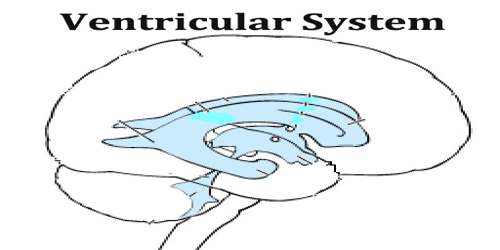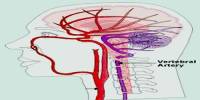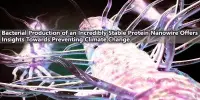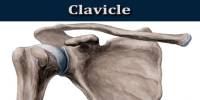Ventricular System
Definition
Ventricular system is comprised of a series of four cavities in the brain that produce cerebrospinal fluid (CSF). It is a series of connecting hollow spaces called ventricles in the brain that are filled with cerebrospinal fluid. The ventricular system consists of two lateral ventricles, the third ventricle, and the fourth ventricle.

The cerebral ventricles are connected by small pores called foramina, as well as by larger channels. The interventricular foramina or foramina of Monro connect the lateral ventricles to the third ventricle. The third ventricle is connected to the fourth ventricle by a canal called the Aqueduct of Sylvius or cerebral aqueduct. The fourth ventricle extends to become the central canal, which is also filled with cerebrospinal fluid and encases the spinal cord.
The chambers of the ventricular system are lined or covered with ependymal cells and are continuous with the central canal enclosed within the spinal cord. Ependymal cells also line the central canal of the spinal cord.
Structure and Functions of Ventricular System
The ventricular system is composed of 2 lateral ventricles, the third ventricle, the cerebral aqueduct, and the fourth ventricle. The choroid plexuses are located in the ventricles produce CSF, which fills the ventricles and subarachnoid space, following a cycle of constant production and reabsorption.
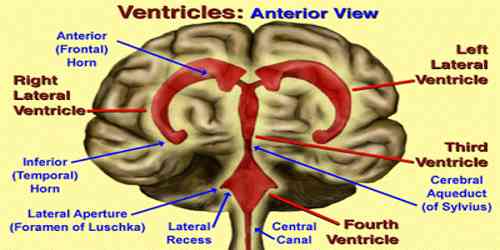
Cerebral ventricles provide a pathway for the circulation of cerebrospinal fluid throughout the central nervous system. This essential fluid protects the brain and spinal cord from trauma and provides nutrients for central nervous system structures. The lateral ventricles consist of a left and right ventricle, with one ventricle positioned in each hemisphere of the cerebrum. They are the largest of the ventricles and have extensions that resemble horns.
The third ventricle is located in the middle of the diencephalon, between the left and right thalamus. The third ventricle is connected to the fourth ventricle by the cerebral aqueduct, which extends through the midbrain. The fourth ventricle is located in the brainstem, posterior to the pons and medulla oblongata.
The structures of the ventricular system are embryologically derived from the neural canal, the centre of the neural tube. The ventricles are filled with cerebrospinal fluid (CSF) which bathes and cushions the brain and spinal cord within their bony confines. CSF is produced by modified ependymal cells of the choroid plexus found in all components of the ventricular system except for the cerebral aqueduct and the posterior and anterior horns of the lateral ventricles. The brain and spinal cord are covered by the meninges, the three protective membranes of the tough dura mater, the arachnoid mater and the pia mater.
Reference:
